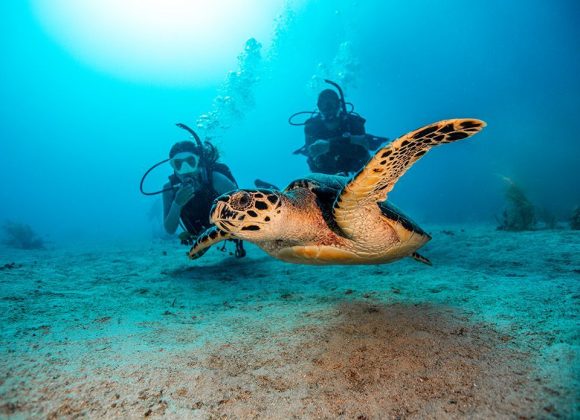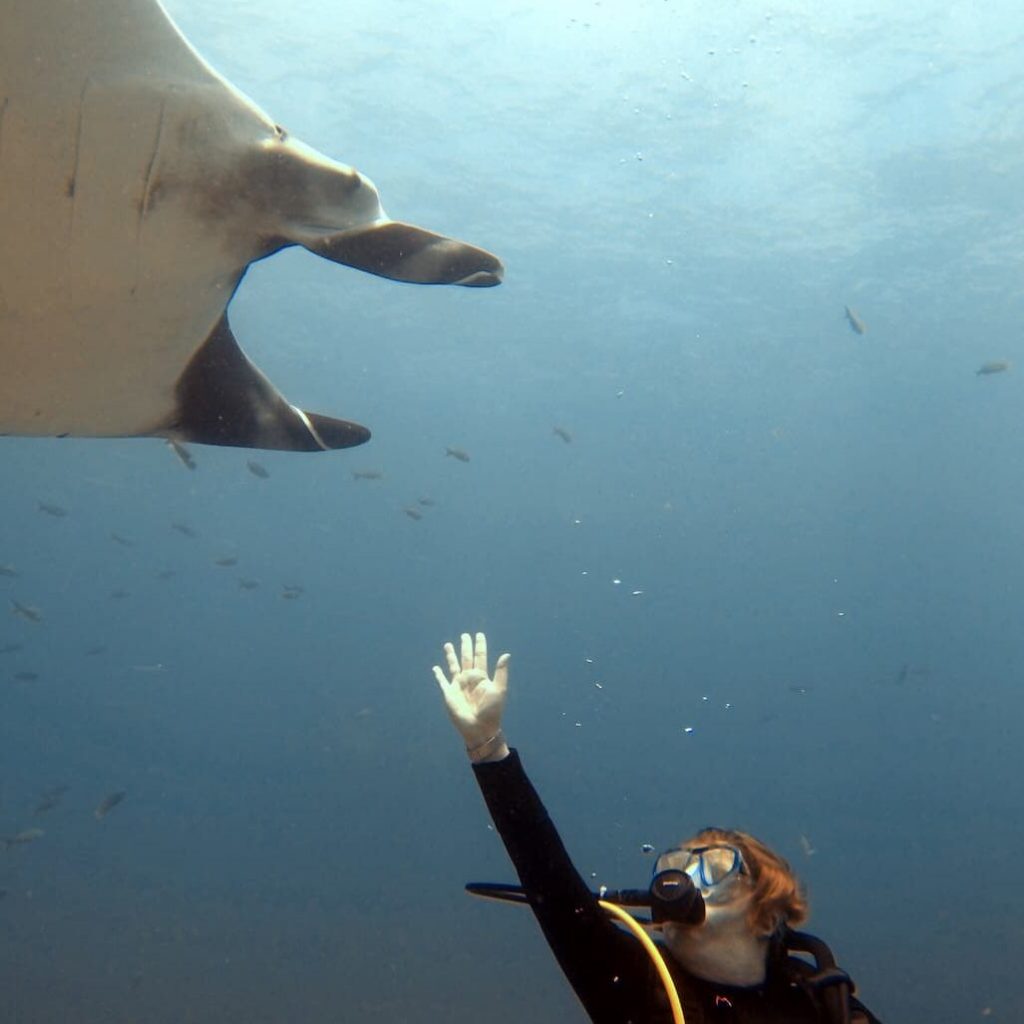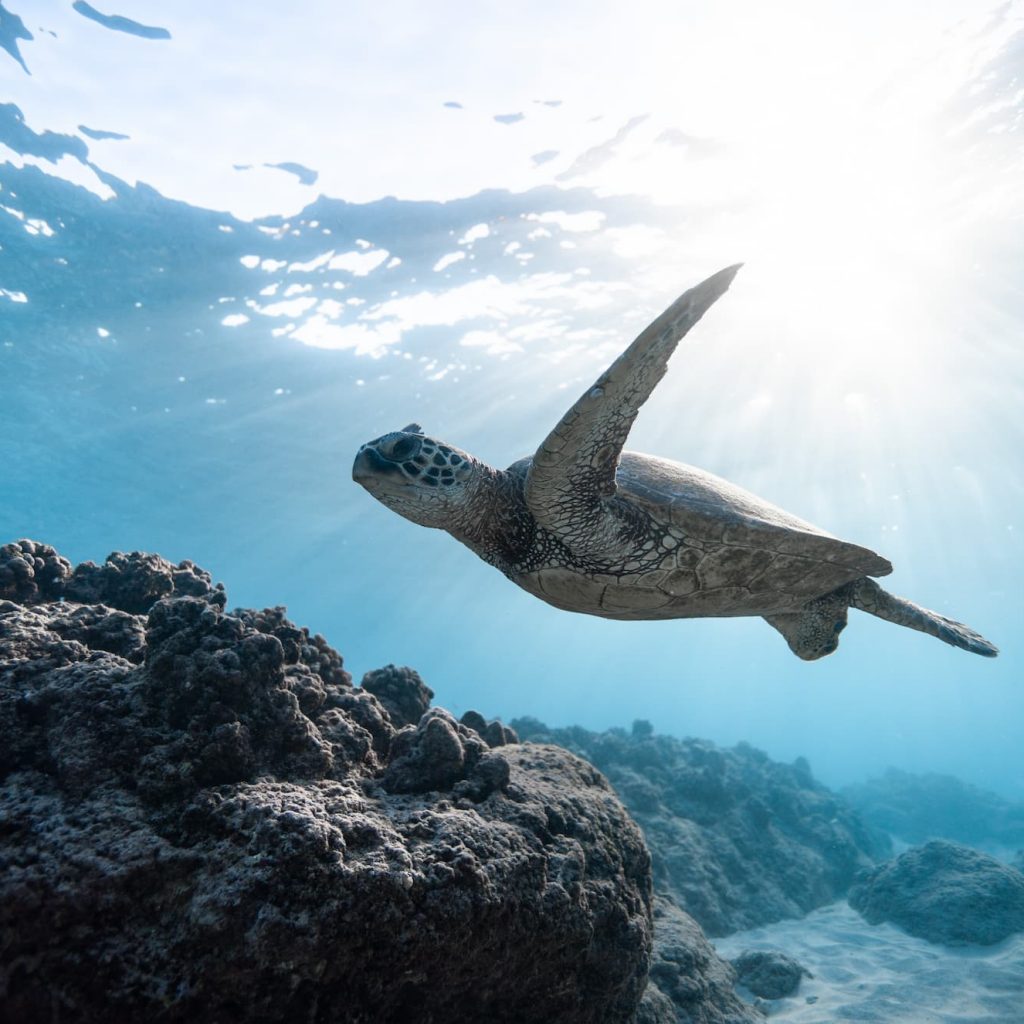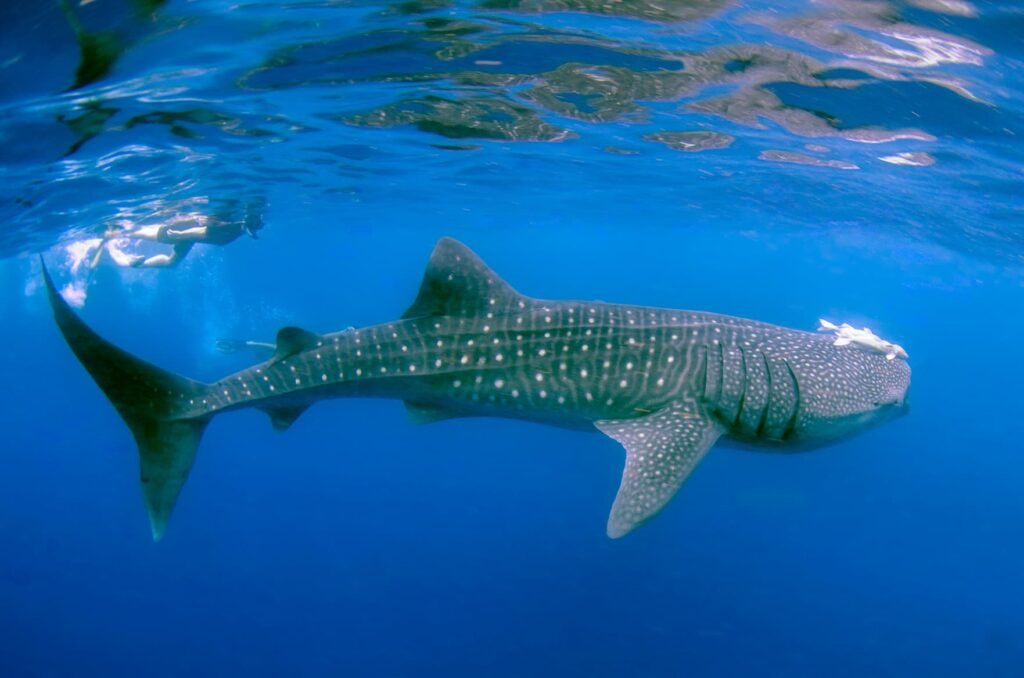The Catalina Islands, located just 40 minutes by boat from Flamingo Bay are formed by a group of volcanic peaks on the north coast of the Costa Rican Pacific. They are known to be one of the best scuba diving tours in Costa Rica due to the many shifting currents that bring nutrients for marine life. This impressive biodiversity can be observed all year round.
The Catalina Islands are also famous for giant manta ray sightings with wingspans ranging fup to 6 meters/20 feet wide. Along with manta rays, the islands attract white tip reef sharks, devil rays, target rays, turtles, moray eels, octopus, and schools of fish year-round.






